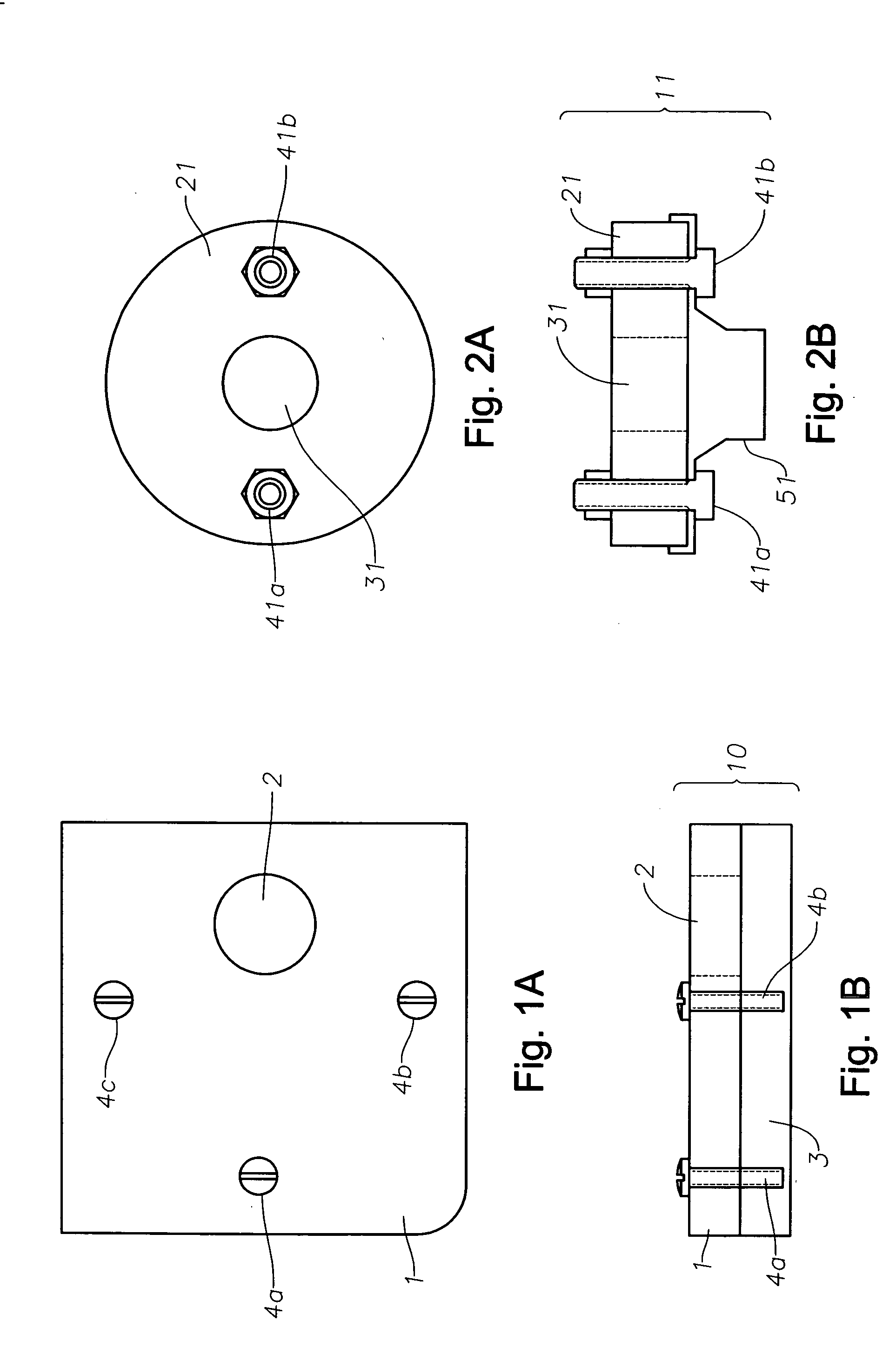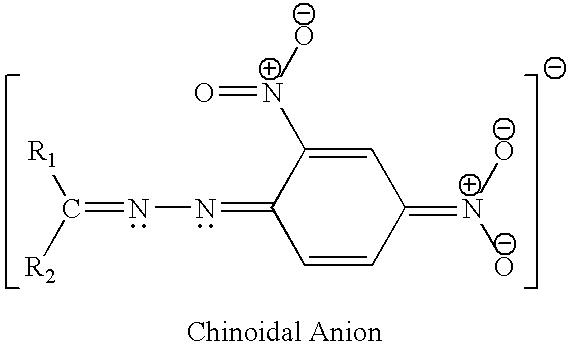Quantitative determination of analyte
Inactive Publication Date: 2006-05-18
EXXONMOBIL CHEM PAT INC
View PDF1 Cites 5 Cited by
- Summary
- Abstract
- Description
- Claims
- Application Information
AI Technical Summary
Benefits of technology
[0021] It is an object of this invention to provide a simple and effective process quantitative analysis, particularly adaptable to the quantitative analysis of carb
Problems solved by technology
Synthetic alcohols are typically plagued with the problem of undesirable color and color forming impurities, e.g., aldehydes and ketones.
It may also lead to a decrease in resistivity in products used for wire and cable insulation.
In the case where hydrogen is used in the finishing section, excess use of hydrogen is disadvantageous at least because of the expense.
These methods are laborious and at best the results are obtained on the order of one hour after the sample is taken.
While the analysis is going on, the commercial process continues with possible wasteful use of treating chemicals and/or poor quality control of the product alcohol, as previously discussed.
Among these are: large quantities of chemicals are needed to
Method used
the structure of the environmentally friendly knitted fabric provided by the present invention; figure 2 Flow chart of the yarn wrapping machine for environmentally friendly knitted fabrics and storage devices; image 3 Is the parameter map of the yarn covering machine
View moreImage
Smart Image Click on the blue labels to locate them in the text.
Smart ImageViewing Examples
Examples
Experimental program
Comparison scheme
Effect test
 Login to View More
Login to View More PUM
 Login to View More
Login to View More Abstract
The invention relates to an analytical technique for the quantitative determination of an analyte and a reagent solution useful in said quantitative determination. The analytical technique is conveniently adapted for quantitative determination of carbonyl and even more particularly adapted for finishing an alcohol produced in the Oxo Process.
Description
FIELD OF THE INVENTION [0001] The invention relates to an analytical technique for the quantitative determination of an analyte and a reagent solution useful in said quantitative determination. BACKGROUND OF THE INVENTION [0002] An important route to C3 and higher alcohols involves hydroformylation of alpha-olefins, such as ethylene, propylene, and butene-1, to yield the corresponding aldehyde having one more carbon atom than the starting olefin, followed by hydrogenation to the alcohol. The commercially important Oxo Process produces such alcohols, which find uses in plastics, soaps, lubricants, and other products. Thus, hydroformylation of ethylene yields propionaldehyde and propylene yields a mixture of n- and iso-butyraldehyde (with the n-isomer usually predominating), followed by catalytic hydrogenation to the corresponding alcohols, e.g. n-propanol and n-butanol. Synthetic alcohols, particularly those in the range of about 8 to 13 carbon atoms (C8-C13), are used as plasticizer...
Claims
the structure of the environmentally friendly knitted fabric provided by the present invention; figure 2 Flow chart of the yarn wrapping machine for environmentally friendly knitted fabrics and storage devices; image 3 Is the parameter map of the yarn covering machine
Login to View More Application Information
Patent Timeline
 Login to View More
Login to View More IPC IPC(8): G01N33/00
CPCC07C29/16Y10T436/200833G01N31/22
Inventor WEBER, JORG FRIEDRICH WILHELMRIZZO, JOHN T.RITCHIE, JAMES T.BERRY, ALAN B.GODWIN, ALLEN D.
Owner EXXONMOBIL CHEM PAT INC
Features
- R&D
- Intellectual Property
- Life Sciences
- Materials
- Tech Scout
Why Patsnap Eureka
- Unparalleled Data Quality
- Higher Quality Content
- 60% Fewer Hallucinations
Social media
Patsnap Eureka Blog
Learn More Browse by: Latest US Patents, China's latest patents, Technical Efficacy Thesaurus, Application Domain, Technology Topic, Popular Technical Reports.
© 2025 PatSnap. All rights reserved.Legal|Privacy policy|Modern Slavery Act Transparency Statement|Sitemap|About US| Contact US: help@patsnap.com


